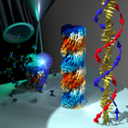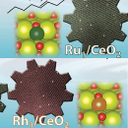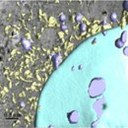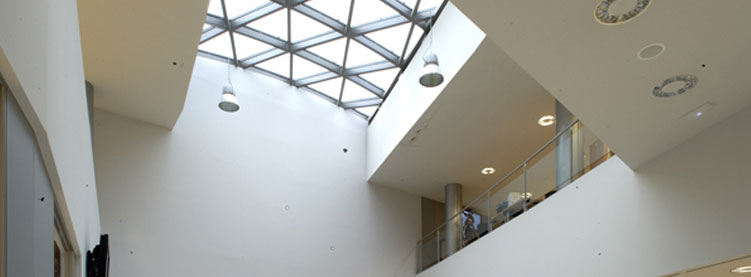
A study published in ACS Nano demonstrated the imprinting of complex 3D chirality at the nanoscale using state-of-the-art fabrication techniques and magnetic microscopy at MISTRAL beamline of the ALBA Synchrotron. The results prove the possible control of the magnetic configuration with geometrical morphologies displaying 3D chirality and open a new avenue on applied nanomagnetism. The research was the result of a multiple collaboration of scientists from Cambridge, Glasgow and Zaragoza Universities, the ALBA Synchrotron and the Lawrence Berkeley Laboratory.

‘Learning to run again’ – a webinar with 120 participants discussed the challenges for synchrotrons and FELs to restore effective operations during the COVID-19 pandemic. The plenary session had representatives from the Paul Scherrer Institute, from ALBA and from the ESRF, all of which were at different stages of operation. ALBA also actively participated in the safety and remote access sessions.

ALBA resumes all on-site activities and the whole staff is allowed coming to the facility. Particular attention is devoted to safety guidelines and precautionary measures against COVID-19 risk are defined and mandatory. They are based on the official ones from the government and adapted to ALBA’s reality, strengthening the risk mitigation. Teleworking is allowed, as well as justified flexibility working hours.

An international research team from Germany and Spain has shown that the combination of ruthenium (Ru) and rhodium (Rh) single-atom catalysts stabilized at the surface of cerium dioxide (CeO2) creates a synergetic effect enabling a highly selective olefin isomerization-hydrosilylation tandem reaction. The process is highly relevant from an industrial point of view considering that complex mixtures of olefins are used as starting materials for plastics, alongside a straightforward catalyst recycling and reuse.

A study led by researchers at Institut d'Investigació i Innovació Parc Taulí in Sabadell (Barcelona), in close collaboration with the ALBA Synchrotron, has demonstrated that the use of tricine as an adjuvant for cisplatin chemotherapy enhances drug effectiveness against cutaneous squamous cell carcinoma. This study published in PLOS ONE assesses the effectiveness of several treatments by looking at the changes in the internal structures of the cells using the MISTRAL beamline of ALBA.






